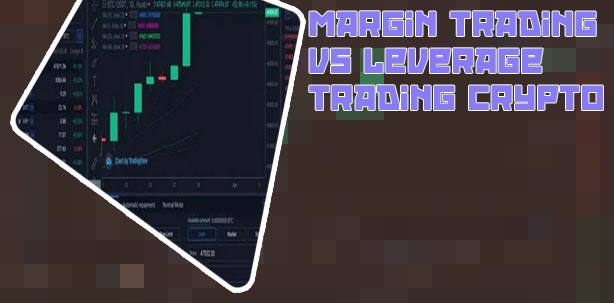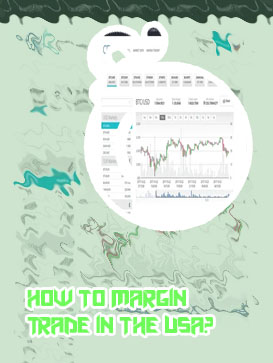
Bitcoin margin trading
How Does Crypto Leverage Trading Work?
It is now possible to trade margin on most exchanges. The advantages of leveraged trading are very clear, and another significant benefit comes from the security aspect. Crypto traders should strive to minimize the number of coins they hold on exchanges. Exchanges are considered hot targets for hackers, and in recent years there have been several hackings of exchanges, including hacks of the major exchanges too. How to margin trade crypto Before the risk becomes a reality, however, the trader will receive a “margin call” from the crypto exchange. A margin call is a notification that the trader must take action to prevent liquidation. These actions include reducing the position size, posting more collateral or reducing leverage. Forced liquidation often incurs a liquidation fee. This fee varies by exchange.

Margin crypto
PrimeBit – Highest Leverage
In a normal trade, a trader can only invest the capital they have available in their account. The potential profits or losses are directly proportional to the investment size. In contrast, in a leverage trade, a trader can open a position much larger than their available capital by borrowing funds. This amplifies the potential profits or losses, allowing traders to potentially achieve higher returns. How to Avoid System Outage For Your Crypto Exchange Software TIP: You’ll most likely want to “turn margin trading off” if “margin trading is on” when you first join a cryptocurrency exchange (as many exchanges allow margin trading). This will help prevent you from “making a leveraged buy on margin” while getting the hang of cryptocurrency trading. On the flip side, you’ll need to qualify for margin and turn it on if it is off by default.
Cryptocurrency margin trading
- Is cryptocom available in new york
- Ethereum crypto
- Buy btc with credit card
- Bitcoincom exchange
- Create cryptocurrency
- How do you buy cryptocurrency
- Buy baby dogecoin
- What the hell is bitcoin
- Btc price converter
- Lightcoin price usd
- Best sites to buy cryptocurrency
- Types of bitcoins
- Selling crypto
- Cryptos
- Cryptocom app review
- Safemoon crypto com
- How many btc are there
- Bitcoin's value today
- Buy crypto with credit card
- Crypto exchange
- Gas fees eth
- Is crypto com down
- Cryptocom headquarters
- Crypto pc
- Cryptocurrency apps
- Cryptocom cards
- Cryptocom sell to fiat wallet
- Dogecoin to a dollar
- Who created bitcoin
- Where to buy crypto
- Btc live price
- Learn cryptocurrency
- Cryptocom news
- Bitcoin starting price
- Cryptocurrency bitcoin price
- Crypto com not working
- Eth max price
- Cryptocurrency prices
- Where to buy new crypto coins
- Cryptocom card
- Cryptocoin com coin
- Bitcoin spot
- Is transferring crypto a taxable event
- How to withdraw money from cryptocom
- Crypto wallet app
- To invest all profits in crypto
- Bitcoin halving price prediction
- Bitcoin cryptocurrency
- Bitcoin price usd prediction
- Litecoin
- Litecoin price today
- When to sell crypto
- Dogecoin converter
- When to buy bitcoin